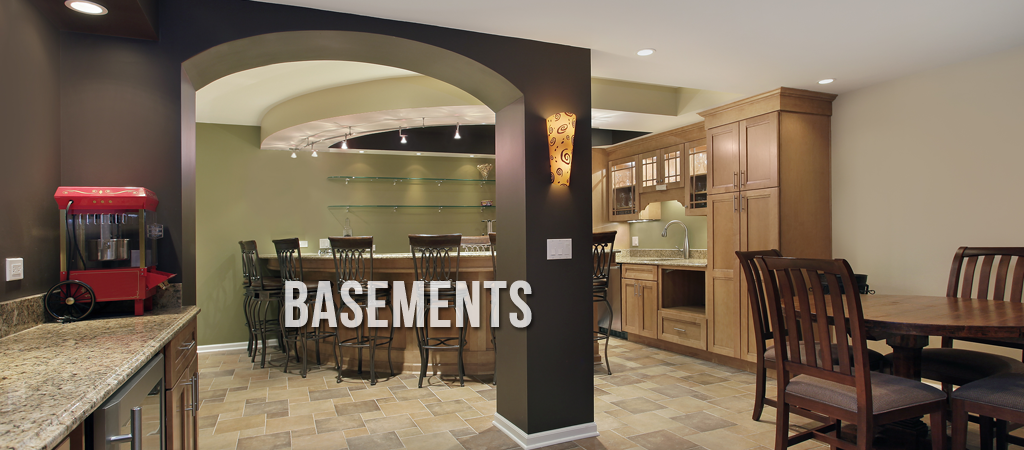Finding the right remodeling contractor can make or break a home renovation project. Whether you’re planning a kitchen upgrade, a bathroom transformation, or a full-scale home remodel, choosing a professional with experience, reliability, and craftsmanship is crucial. In this guide, we’ll explore the key entities involved in selecting the best remodeling contractor, breaking down the essential qualities, credentials, and red flags to watch for.

1. Understanding the Role of a Remodeling Contractor
A remodeling contractor is a licensed professional responsible for managing and executing home renovation projects. They oversee construction, hire subcontractors, source materials, and ensure the project follows local building codes.
Key Responsibilities:
- Project Management – Coordinating schedules, budgets, and labor.
- Material Sourcing – Selecting high-quality materials that fit the client’s budget and aesthetic.
- Subcontractor Coordination – Managing plumbers, electricians, and carpenters.
- Permitting & Compliance – Ensuring all work adheres to local building codes and regulations.
Types of Remodeling Contractors:
- General Contractors – Oversee the entire renovation project.
- Design-Build Firms – Offer both design and construction services under one roof.
- Specialized Remodelers – Focus on kitchens, bathrooms, or basements.
2. Credentials and Qualifications to Look For
Choosing a licensed and insured contractor minimizes risks and ensures quality work. Here’s what to check:
Licensing and Certifications
- State and Local Licensing – Required in most states to ensure compliance with building codes.
- National Association of Home Builders (NAHB) Certification – Recognized for professional excellence.
- National Association of the Remodeling Industry (NARI) Certification – Ensures adherence to industry standards.
Insurance Coverage
- General Liability Insurance – Protects homeowners in case of property damage.
- Worker’s Compensation Insurance – Covers injuries to workers on-site.
Professional Affiliations
- Membership in organizations like NARI or NAHB indicates industry credibility.
3. Experience and Portfolio Assessment
Evaluating Past Work
A contractor’s portfolio should showcase a variety of completed projects. Look for:
- Before-and-After Photos – Showcasing transformation quality.
- Project Diversity – Ability to handle different styles and scopes.
- Local Projects – Experience in your region ensures knowledge of zoning laws and climate considerations.
Specialized Experience
- Historic Home Renovations – If your home is older, ensure the contractor has experience with period-accurate materials.
- Luxury Remodels – High-end finishes require specialized skills.
- Eco-Friendly Builds – Sustainable construction practices and materials.
4. Client Reviews and Reputation
Where to Check Reviews:
- Google Reviews – General public sentiment.
- Better Business Bureau (BBB) – Trustworthiness and complaint resolution.
- Houzz & Angi (formerly Angie’s List) – Reviews specific to home improvement professionals.
- Social Media – Insights into customer interactions and responsiveness.
Red Flags in Reviews:
- Multiple Complaints About the Same Issue – Indicates a persistent problem.
- Lack of Online Presence – A professional contractor should have a website and reviews.
- Fake or Overly Generic Reviews – Authentic reviews contain specific details about projects.
5. Communication and Transparency
Key Questions to Ask a Contractor:
- How do you handle unexpected project delays or cost overruns?
- Will I receive a detailed project timeline?
- Who will be my primary point of contact?
- How do you handle change orders?
Transparent Pricing & Contracts
- Itemized Estimates – Breakdowns of labor, materials, and permits.
- Fixed-Price vs. Cost-Plus Contracts
- Fixed-Price: A set cost for the entire project.
- Cost-Plus: The homeowner covers material and labor costs, plus a contractor fee.
6. Budgeting and Cost Estimates
Typical Remodeling Costs
- Kitchen Remodel: $30,000 – $80,000+
- Bathroom Remodel: $10,000 – $50,000+
- Basement Renovation: $20,000 – $75,000+
Factors Affecting Cost:
- Material Quality – Custom cabinetry vs. prefabricated.
- Labor Costs – Skilled labor increases the price but ensures quality.
- Scope of Work – Minor upgrades vs. full structural changes.
Avoiding Hidden Costs:
- Permits & Inspections – Ensure they are included in the estimate.
- Structural Issues – Older homes may require additional work.
- Unforeseen Delays – Factor in potential weather or supply chain issues.
7. Permits and Legal Considerations
Most home remodels require permits, and an experienced contractor will handle the application process.
Commonly Required Permits:
- Structural Changes – Removing walls, adding extensions.
- Electrical & Plumbing Work – Major system updates.
- Exterior Renovations – Driveways, roofing, siding.
Legal Protections in Contracts:
- Lien Waivers – Protects homeowners from subcontractor claims.
- Warranty Agreements – Ensures coverage for defects.
- Payment Schedule Agreements – Avoids paying too much upfront.
8. Timeline and Project Management
Typical Remodeling Timelines:
- Small Projects (Bathrooms, Partial Remodels): 2–6 weeks
- Medium Projects (Full Kitchen Remodels, Basements): 2–4 months
- Large Projects (Whole-Home Remodels): 4–12+ months
Delays to Anticipate:
- Weather-Related Delays – If exterior work is required.
- Material Shortages – Some high-end materials have long lead times.
- Permit Delays – Local regulations can slow approval.
Technology in Project Management:
- Buildertrend, CoConstruct – Contractor apps that improve communication.
- Virtual Walkthroughs – 3D renderings before construction starts.
9. Comparing Multiple Contractors
How to Compare Bids:
- Don’t Always Choose the Lowest Price – Quality and experience matter.
- Look for Transparency – Detailed estimates indicate honesty.
- Check Work Guarantees – What happens if something goes wrong post-project?
Signs of a Trustworthy Contractor:
Clear, written contracts
Established business with a physical address
Open communication and responsiveness
Good relationships with past clients and subcontractors
Red Flags to Watch For:
Unlicensed or uninsured operations
No references or portfolio
Pressures you into signing quickly
Requires full payment upfront
10. Final Decision and Next Steps
Once you’ve vetted contractors, consider:
- In-Person Meetings – A professional contractor should provide clear communication and confidence.
- Written Contract Agreement – All details should be documented.
- Project Kickoff Timeline – Ensure everyone is aligned on start dates and expectations.
Final Checklist Before Hiring:
Verified licensing, insurance, and certifications
Checked online reviews and references
Received a detailed, written contract
Discussed the payment schedule and warranties
Conclusion
Choosing the right remodeling contractor is a process that requires thorough vetting. By considering experience, reputation, communication, and transparency, homeowners can ensure a smooth renovation experience. Taking the time to evaluate credentials, compare estimates, and check references will lead to a successful project with high-quality craftsmanship.




